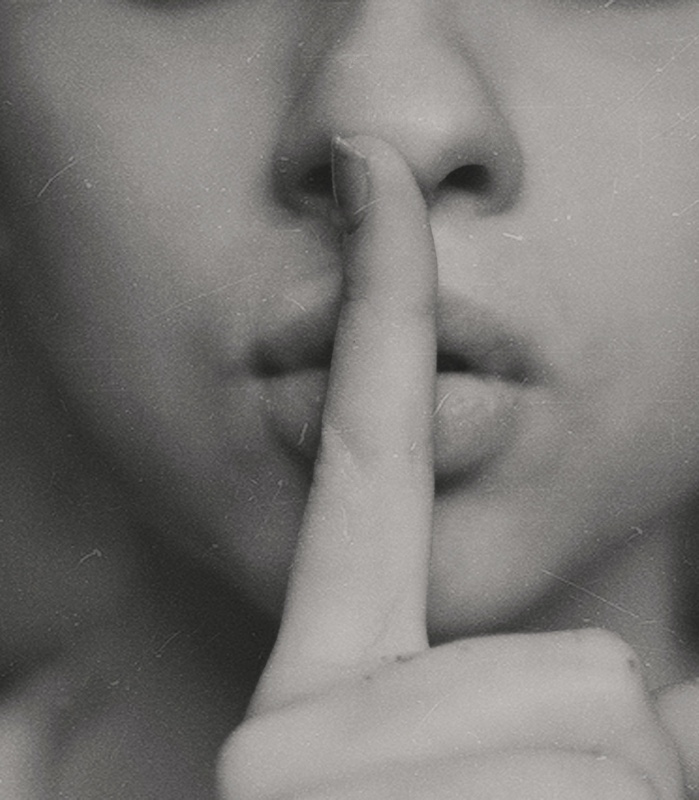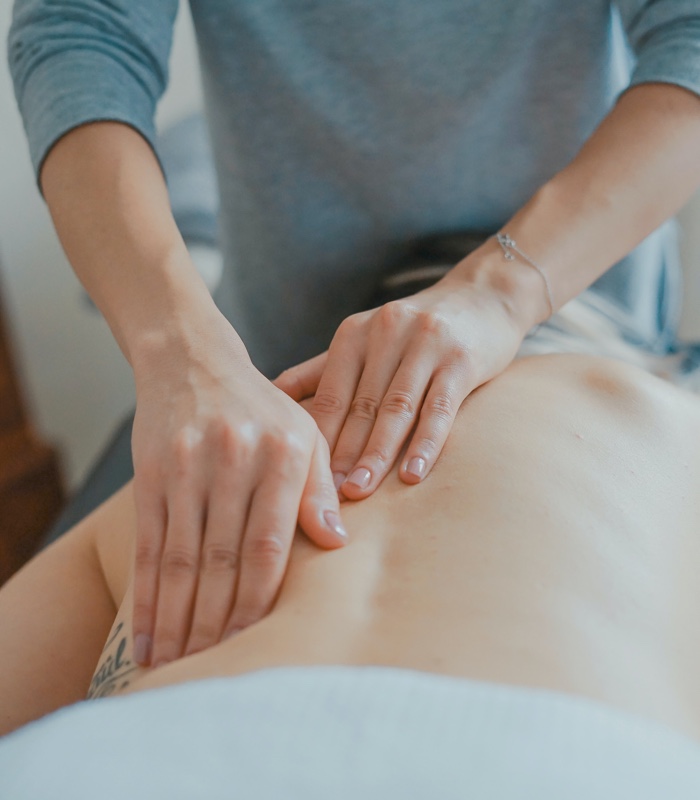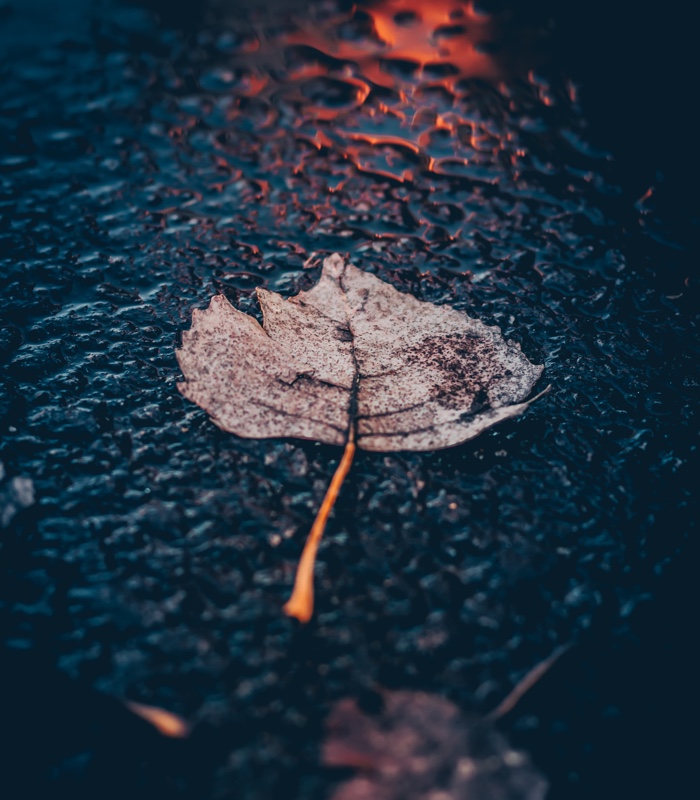Sleep Sounds: The Best ASMR Triggers To Fall Asleep To
Watching sensory videos of certain sounds or actions can activate ASMR, a calming response throughout your body. Here are our top ASMR triggers for falling asleep.
Highlights
When it comes to falling asleep, we tend to think of nighttime noise as something bad, anger-inducing even.
After all, it’s incredibly frustrating when - just as you finally start to drift off into dreamland - your dog decides to shake the metal tags on his collar or your neighbor down the street zooms past your window on his motorcycle.
And while sounds such as these and many others can flip your brain’s wake-up signal on, not all nighttime noises are bad. In fact, some sounds can help you fall asleep.
Think: A soft playlist, a calming meditation, the soothing whirring of a fan.
Some of these and other sounds can even elicit an ASMR response to help you drift off into a peaceful slumber more quickly.
Our top three choices for the ASMR triggers to try for sleep:
Relaxing Rain Sounds for Deep Sleep
Satisfying Paint Mixing For Sleep
The best news? All of the suggestions on this list can be accessed for free, though there are paid add-ons available as well.
It should also be mentioned, however, that to find out which, if any, trigger will help you experience ASMR and improve your sleep you have to be willing to experiment a bit.
Some of the recommendations on this list might trigger ASMR right away, while others might just feel downright strange. It’s all about trialing different options and observing what works best for you.
Read on to learn more about ASMR triggers that can help you sleep.
What’s ASMR?
Before we hop into our list of triggers, let’s take a quick step back and talk a little bit more about ASMR, what it is, and how it works.
ASMR stands for Autonomous Sensory Meridian Response, a very certain sensation that many people experience when they hear a specific sound or are touched in a certain way.
We should quickly point out that not everyone experiences ASMR. But those who do most often describe it as a tingling sensation that starts at the top of their scalp and travels down their spine and into their limbs.
It’s an enjoyable, calming feeling. Most say they feel relaxed, soothed, and serene. And many say it’s a feeling that puts them to sleep.
How do you experience ASMR?
It’s triggered by different things for different people.
In most cases, it’s a certain sound - like typing or whispering. In other cases, it’s a movement - like hand motions or gentle pattern movements.
It can be triggered by something incredibly mundane or something very elaborate like storytelling and roleplaying.
How Does ASMR Help You Sleep?
While the term ASMR itself may sound quite scientific, up until lately it hasn’t been closely studied. It’s a relatively new term and there’s still quite a bit to learn about it.
Most evidence that ASMR helps you sleep comes from personal experience and anecdotes of others who have used it.
But there is some indication that it’s the calming effect ASMR has on your mind and body that can put you at ease and fall asleep.
Stress from the day seems to seep into our minds right as our heads hit the pillow, shifting our minds further away from peaceful rest and instead into rude wakefulness.
Stress happens at night for a couple of different reasons. But primarily, it’s the time of day when our brains don’t have anything else to preoccupy themselves with, nothing to shift the focus over to.
And when this happens, if you want any hope of falling asleep, it’s imperative to find some way to soothe your body and relax your mind - which is exactly what ASMR does.
How To Find Your ASMR Trigger
Like we mentioned above, not everyone experiences ASMR. And for those who do, it can be triggered by different sounds, feelings, or motions.
A few examples that have been known to elicit ASMR include:
- A massage
- Someone scratching your back
- Getting your haircut
- A whisper
- Someone humming
- The sound of a page turning
- Eye contact
Some ASMR triggers will immediately bring about that calming, comforting feeling, while others will leave you feeling nothing at all. It’s even possible for a trigger to work for you at some times and not at others. You may even become less sensitive to your trigger over time.
Like we mentioned above, a big part of experimenting with ASMR for sleep is to try different options and find what works for you.
Below are some of our favorite choices for triggers that can lead to an ASMR response.
ASMR Trigger: Whispers

Our Pick:
Whispering is one of the most common ASMR stimuli. Russian video creator Maria, aka The Gentle Whisperer, has been creating ASMR content for nearly a decade. To date, she has nearly 2 million subscribers on YouTube.
Her videos range anywhere from just simple whispers to more elaborate roleplay videos. In some, she’ll even add simple hand movements across the screen, another known stimulus that triggers ASMR for some folks.
ASMR Trigger: Massage

Our Pick:
Personal touch - like through a massage, a haircut, or even something as simple as someone running their fingers down their arm - is also known to be one of the most common ASMR triggers.
And while most will experience when they experience touch firsthand, this trigger may still work for people who simply watch.
This is the premise of the MassageASMR YouTube channel, which has more than 800,000 subscribers.
Host Dmitri also pulls in some simple sounds, including whispering. Additionally, he has a few videos that explain what ASMR is and different tools that can be used to bring on the response to help you learn more and how to improve your chances of benefiting from this response.
ASMR Trigger: Water Sounds

Our Pick:
Not all sounds need to be produced by people to trigger ASMR; in fact, nature sounds are also another popular trigger.
Many people use sound machines or rain playlists and may not even realize that the calming sensation they experience from these may be an ASMR feeling.
The Let’s Find Out ASMR podcast episodes are each focused on a noise or some other stimulus to help you create a relaxing environment and help you fall asleep. The Relaxing Rain Sounds episode is nothing but nearly two hours of peaceful rain sounds.
ASMR Trigger: Paint Mixing

Our Pick:
Maybe you find talking and whispering to be too distracting to help you fall asleep. If that’s you, you might try a paint mixing video.
ASMRRyan’s YouTube channel includes a range of different triggers. But his paint mixing one may be one of the most peaceful, not to mention aesthetically pleasing, to watch.
If paint mixing doesn’t sound appealing to you, there are different versions meant to bring about the same result. Cake cutting, calligraphy, and coloring are some additional examples you might consider giving a try.
Experiment With Your Trigger

Our Pick:
Like we mentioned above, everyone is different. What causes an ASMR response in one person may not work for you. And you may even need to change up the triggers you use to bring on the calming feeling.
The best way to find what works for you is to experiment.
Like several of the examples listed above, the Sleep and Relax ASMR podcast helps you do just that. Each episode uses a different stimulus in the hopes of calming your mind, relaxing your body, and helping you fall asleep more quickly and deeply.
Finally, it should also be noted that a benefit of this option is the fact that it’s a podcast, rather than a video. There’s plenty of evidence to suggest that exposing yourself to blue light, like that from a computer screen, too close to bedtime can decrease your melatonin levels and keep you up rather than help you sleep.
